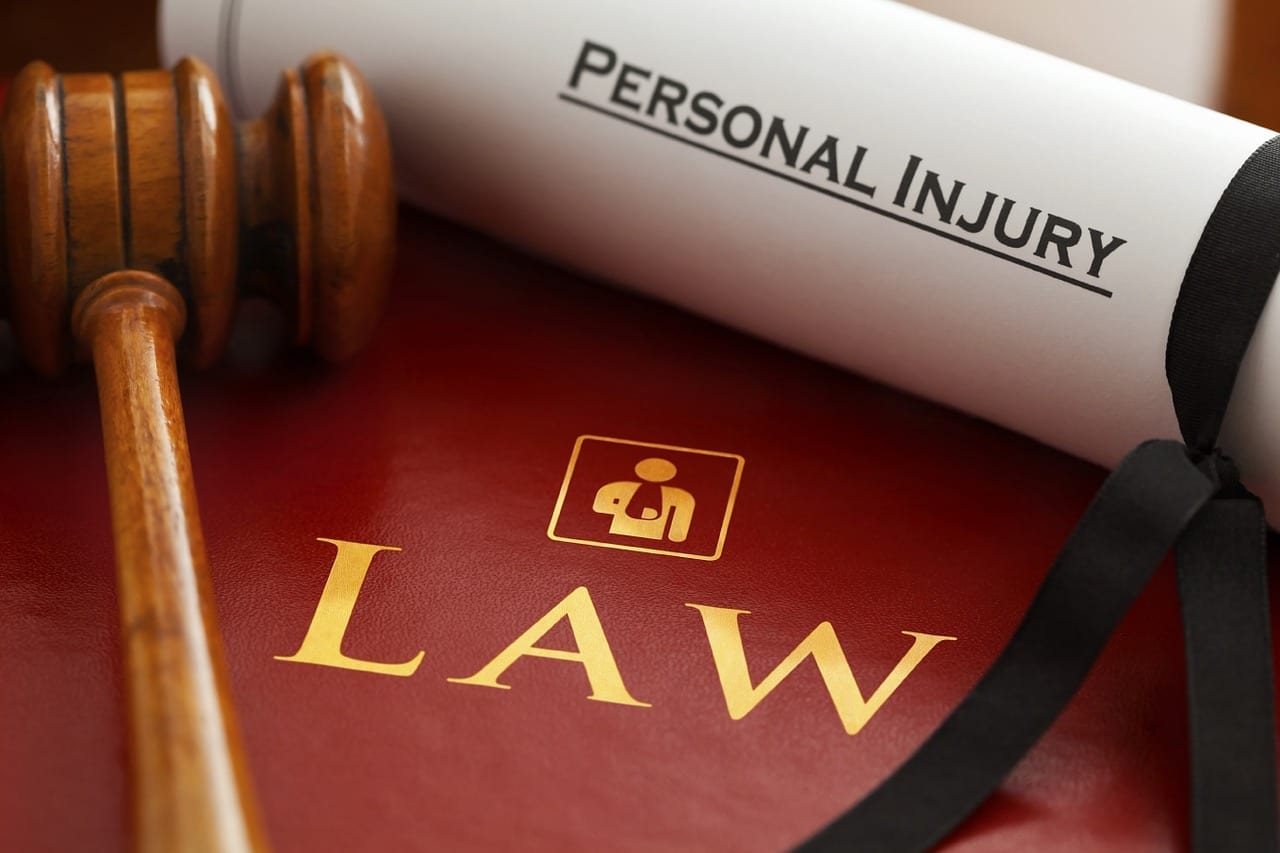The first steps after a personal injury should be the exact same steps as any injury: making sure that you are safe, and that you receive the medical attention and care that you need in order to facilitate a successful recovery.
The term “personal injury” covers a wide range of injuries, and the term itself is a legal term that refers to an injury that someone sustains as a result of someone else’s recklessness or negligence. This means that a car accident, a defective tool, a broken staircase, and an assault may all fall under the same umbrella term, provided that a victim is injured as a result of someone else’s negligent or reckless behavior. In these instances, the victim has options to seek compensation from the responsible party (or, more likely, their insurance company) through American tort law.
The first steps after a personal injury should be the exact same steps as any injury: making sure that you are safe, and that you receive the medical attention and care that you need in order to facilitate a successful recovery. Once you have gotten bandaged, stitched, and scanned, the next steps are different. Take a look at a general guideline for handling personal injuries, and hire a lawyer immediately. The team at Injury Trial Lawyers has a history of success with a diverse range of these processes and will be a great ally for your own process as you move forward.
Step 1: Call 911
As soon as you have been in an accident, contact 911 so that the police, fire department, and EMTs can be dispatched to the scene and provide emergency care. In addition to the care that you will receive, you will have an opportunity to make a statement to the police officer that will inform their accident report. This report will be an important document to protect yourself moving forward, so do not skip this step.
Step 2: Get Medical Care

After an accident, it is important that you get the necessary care and treatment in order to facilitate a recovery. However, it is additionally important in a personal injury situation that you see a doctor so that you will have an official record of your injuries that will prove their connection to the accident. Unfortunately, insurance companies will use any possible reason to limit your settlement, and they will jump on any lack of hard proof of every injury you claim.
Step 3: Hire a Lawyer
Many people think that the next step is to file an insurance claim, but the reality is that you need legal support before you even make your initial contact with the insurance company. As soon as they realize that you are seeking compensation from them, they will put their team into action in order to identify and utilize every possible opportunity to limit your settlement amount, from focusing in on innocuous statements you make to conflating minor details to full-blown proof that you are at fault. If you are not absolutely clear and certain with every statement that you make, it can come back to haunt you. A lawyer mitigates these risks immediately.
Step 4: Take On the Insurance Company
Once you have partnered up with a proven and experienced personal injury lawyer, the next step is to file your claim and begin the long, often frustrating process of fighting for the money you rightfully are owed. Luckily, your lawyer will be able to take on the bulk of this burden so that you can focus on your own needs, such as your emotional health and your physical recovery. Many people do not think about the stress-relief benefits that come with having a lawyer, but when you are trying to focus on recovering from serious injuries this is a benefit that must not be overlooked.


Join the conversation!